You’ve invested in a smartphone-controlled aquarium feeder, but getting the most from this technology isn’t as straightforward as you’d expect. Poor calibration can leave your fish hungry or create water quality disasters, while connectivity issues might disrupt feeding schedules when you’re away. The difference between thriving fish and costly mistakes often comes down to five critical setup and management practices that most aquarists overlook.
Calibrate Your Feeder for Different Food Types and Sizes
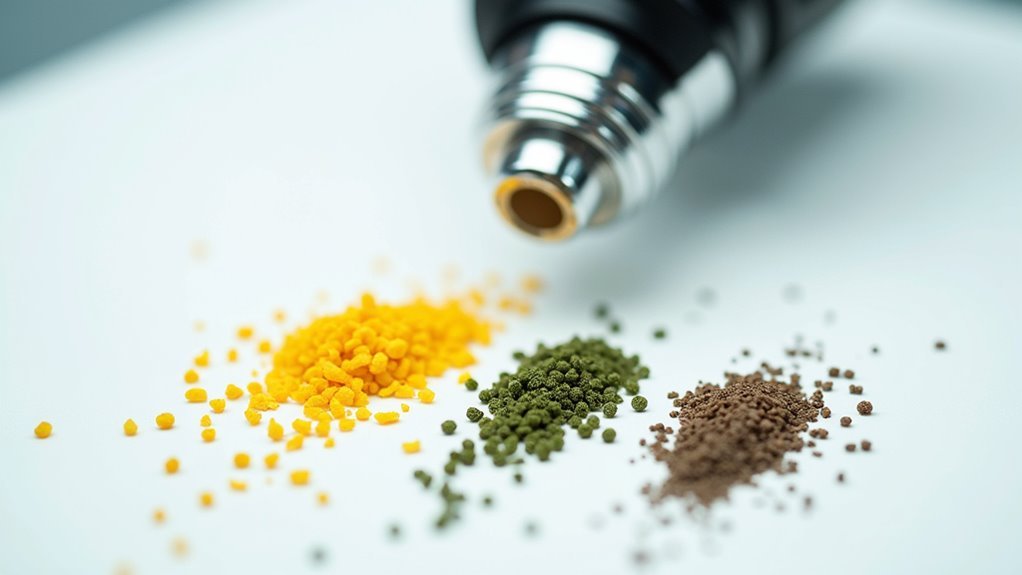
When setting up your smartphone-controlled aquarium feeder, you’ll need to calibrate it for the specific food types and sizes your fish require. Different fish species need varying food portions, so configure your feeder to dispense appropriate amounts whether you’re using flakes or pellets.
The Superfeeder model’s dual feeding windows let you precisely control portions based on food type and size.
With dual feeding windows, the Superfeeder model delivers precise portion control tailored to your specific food type and size requirements.
Use your app control to monitor and adjust the amount regularly, especially when switching food types. This guarantees your fish receive proper nutrition through their feeding schedule.
Enable the moisture shield feature to prevent clogging with larger particles. If you’re providing mixed diets, program your feeder to alternate between different fish food types while tracking your fish’s eating habits through the app interface.
Establish Reliable WiFi Connection and App Maintenance
Since your smartphone-controlled aquarium feeder relies entirely on WiFi connectivity to function, you’ll need to confirm your router operates on the 2.4GHz band rather than 5GHz.
Most WiFi automatic fish feeder devices can’t connect to higher frequencies. Position your feeder within 30 feet of your router to prevent connectivity issues, or install a WiFi extender if needed.
Regular app maintenance guarantees peak performance when you feed the fish remotely. Update the feeder’s app frequently to access new features and bug fixes.
Check app permissions periodically to maintain proper network access. Also, verify your power supply remains stable, as power fluctuations can disrupt the connection between your smartphone-controlled device and home network, potentially causing feeding failures.
Program Feeding Schedules Based on Fish Species Requirements
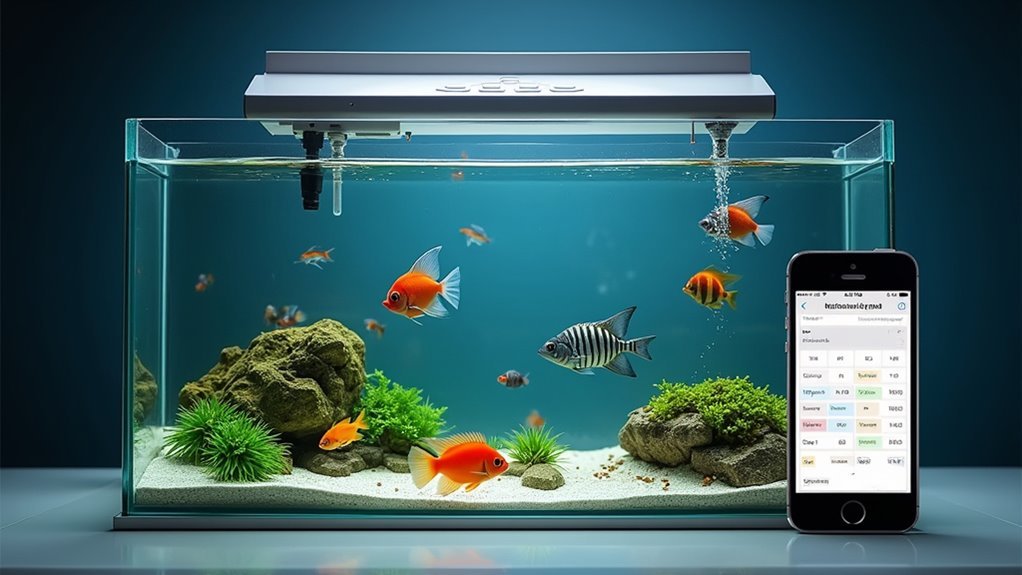
Because each fish species has distinct nutritional needs and feeding patterns, you’ll want to customize your feeder’s schedule to match your aquatic pets’ specific requirements.
Your Smart Fish Feeder should dispense protein-rich pellets more frequently for carnivorous fish, while herbivorous species thrive on plant-based options.
Program smaller, frequent meals for Bettas and Tetras to mimic natural behaviors and reduce stress. Goldfish need longer intervals with larger portions due to slower metabolisms.
Use your feeder’s app to adjust feeding schedules seasonally, as appetites increase during breeding seasons or warmer months.
The integrated camera enables health monitoring by observing eating habits and activity levels, helping you fine-tune schedules for ideal nutrition across different fish species.
Monitor Fish Behavior and Tank Conditions Through Camera Features
Beyond scheduling ideal feeding times, your smartphone-controlled feeder’s integrated camera transforms you into a remote aquarium observer who can watch fish behavior and assess tank conditions from anywhere.
The HD Camera functionality lets you keep an eye on your freshwater aquariums with crystal-clear 2K resolution and night vision capabilities.
Your auto fish feeder’s camera offers these monitoring advantages:
Advanced camera monitoring delivers real-time feeding observation, health detection, equipment checks, and complete aquarium surveillance capabilities.
- Real-time observation of feeding patterns and fish interactions during food distribution
- Early detection of health issues through behavioral changes at feeding times
- Equipment status checks for wave pumps, lights, and filtration systems
- Snapshot and video capture for documenting fish health and growth
- Low-light monitoring guarantees 24/7 surveillance of your aquatic environment
This extensive monitoring capability helps you maintain ideal tank conditions and respond quickly to any feeding or health concerns.
Prevent Overfeeding With Precise Portion Control Settings
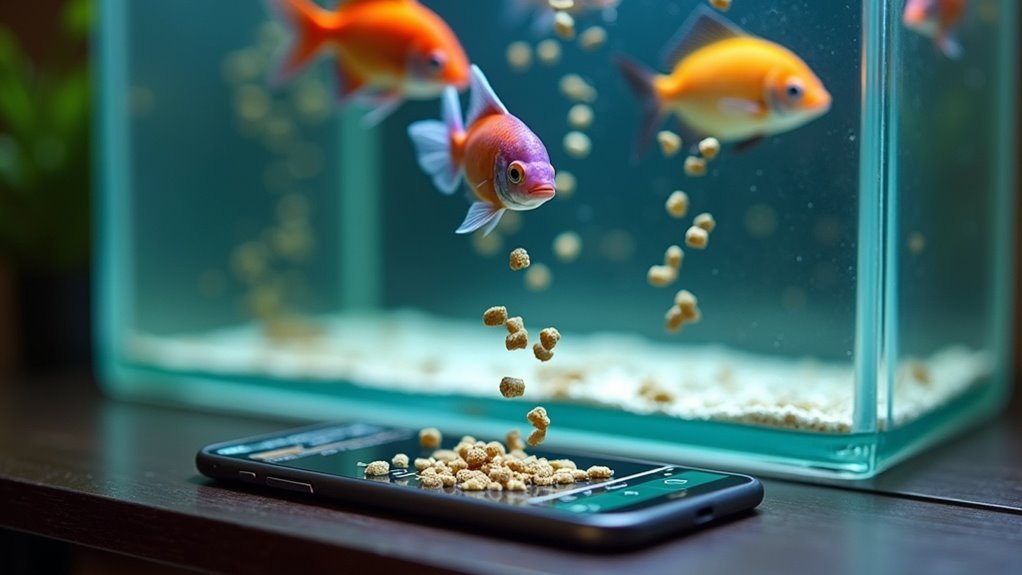
While traditional manual feeding often leads to inconsistent portions, smartphone-controlled aquarium feeders deliver precise portion control that eliminates the guesswork from fish nutrition.
You can establish a programmable feeding schedule that dispenses up to 3 meals daily with 1-3 servings each, ensuring your fish receive ideal nutrition without excess food contaminating your tank.
The 200ml capacity allows you to customize dispensing amounts based on your fish species’ specific dietary requirements.
The moisture-proof container maintains food quality, preventing clumping that could affect portion accuracy.
You’ll prevent overfeeding through automated timing and precise measurements, protecting your water quality from leftover food decomposition.
The monitoring capabilities enable you to track feeding patterns remotely and adjust portions as needed for healthier fish.
Frequently Asked Questions
What Are the Disadvantages of Automatic Fish Feeders?
You’ll face overfeeding risks that harm water quality, reduced fish interaction causing behavioral changes, technical malfunctions disrupting schedules, limited food variety options, and maintenance requirements that you might overlook during busy periods.
How to Program Hygger Automatic Fish Feeder?
You’ll download the TESLA Smart app, connect your Hygger feeder via WiFi and Bluetooth, then navigate to scheduling where you can set up three daily meals with customizable servings.
Do Automatic Fish Feeders Work Well?
You’ll find automatic fish feeders work exceptionally well with reliable performance and consistent feeding schedules. They’ll maintain your fish’s health even when you’re away, though you should stop return pumps during feeding.
How to Feed Fish While on Vacation?
You can use a WiFi-controlled fish feeder to schedule up to three daily meals with precise portions. Program feeding times before leaving, and monitor your fish remotely through smartphone apps with camera features.

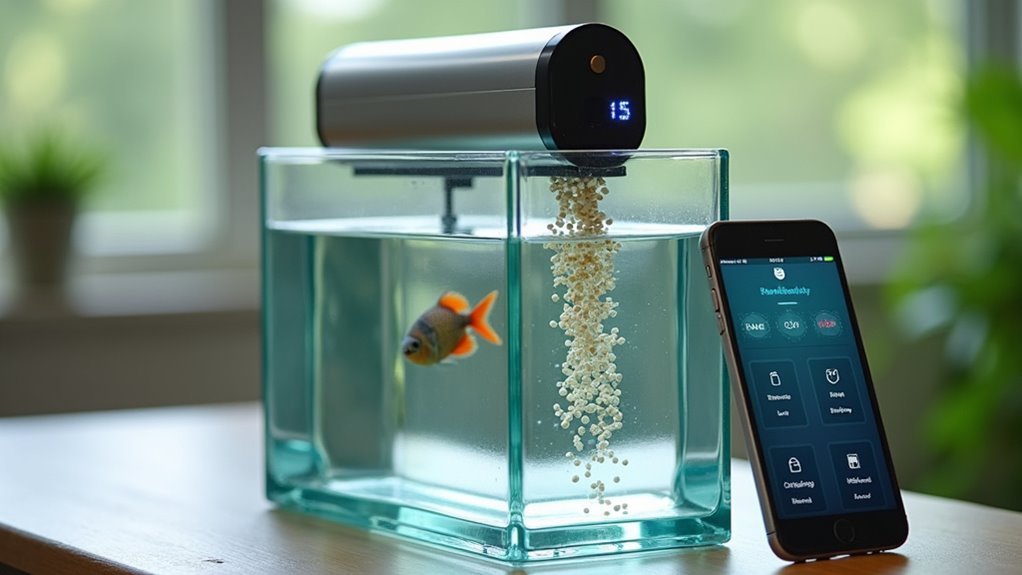

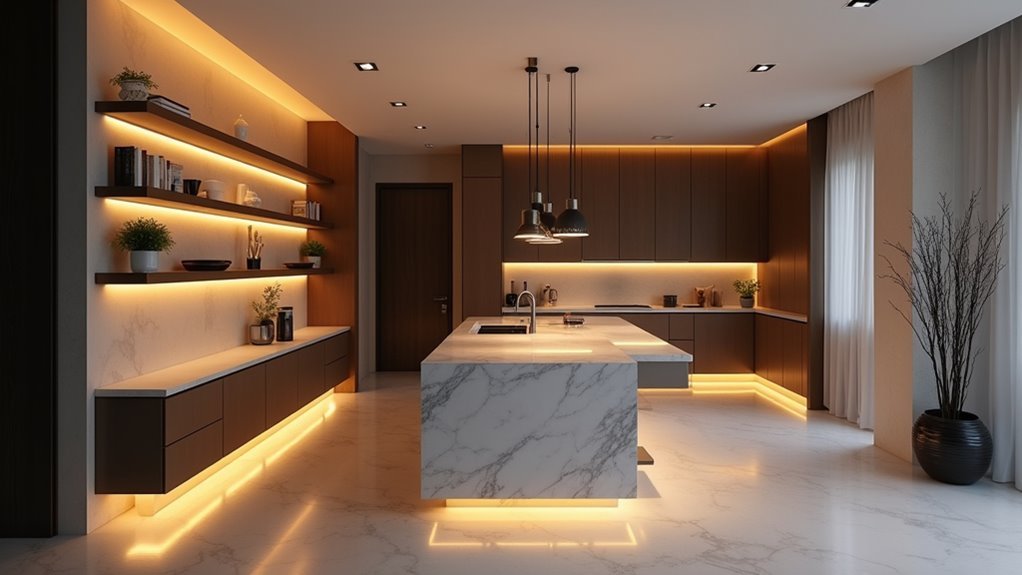
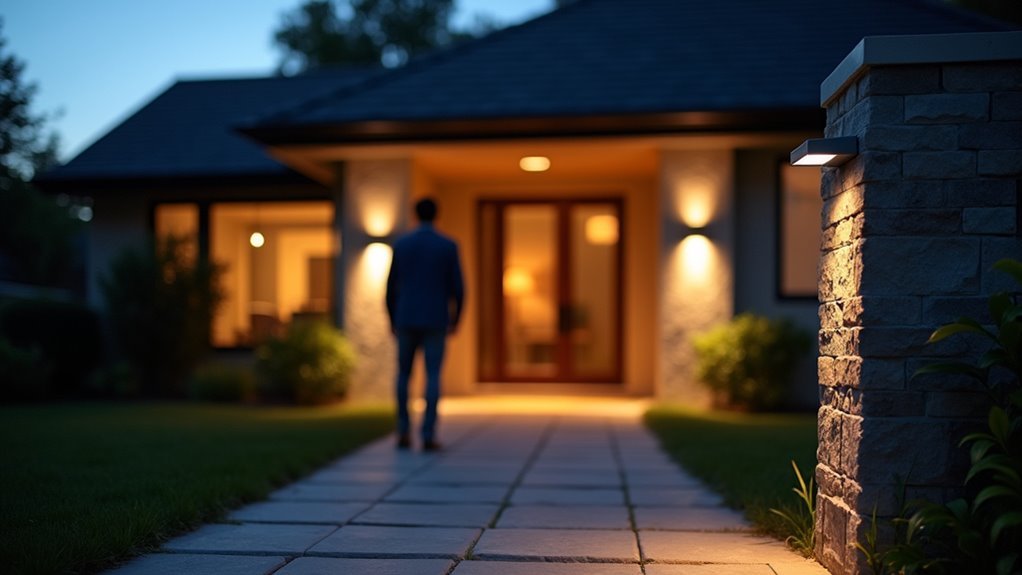
Leave a Reply